We are living in the greatest age for live-action movies based on comic books. This is the best time for superhero TV series as well, but there have also been some other excellent shows in the past.
This is also the age of streaming and binge-watching television. So whether it’s a new show or a classic that every comic geek should watch, here are the best superhero TV shows and where you can stream them.
Note: Some of the shows aren’t available to stream on subscription services like Netflix, Amazon Prime, or Hulu. In those cases, we have added options to download digital versions.
Batman (1966-1968)
Not available to stream on subscription services.
Batman is one of the most popular fictional characters ever, and no one should miss his classic 60s series starring Adam West. If you’re a first-timer to this, you’ll find it cheesy and cartoonish. But don’t overthink it. Just enjoy the goofy antics of Batman, Robin, and the big red phone. This is the show that inspired countless others, and continues to be a cult classic.
Wonder Woman (1975-1979)
Not available to stream on subscription services.
Wonder Woman was one of the best geek movies of 2017, but Gal Gadot wasn’t the first person to make the role her own. Lynda Carter played the quintessential superheroine through the 1970s, perfectly essaying the role of the princess of Themyscira. Like the Batman show, this one feels cheesy now, but it’s a great example of how superhero movies and TV shows can be bright and full of hope, instead of dark and gritty melodramas.
Batman: The Animated Series (1992-1995)
As the Joker in the Batman video games, Mark Hamill is one of the biggest video game voiceover stars. But before the games, he got his start in Batman: The Animated Series (BTAS), perhaps the best cartoon of the Dark Knight. Over four seasons, you can watch the caped crusader take on The Joker and all sorts of other villains. Over time, you’ll even meet Robin, Batgirl, and other famous sidekicks. It might be old, but it still holds up.
Batman Beyond (1999-2001)
https://www.youtube.com/watch?v=sMXjtvMAFlI
Not available to stream on subscription services.
Set in a futuristic Gotham City, Bruce Wayne has retired as Batman and takes on a protege to turn him into the new Batman. Wayne is a teacher sitting in his batcave, while a kid named Terry McGinnis fights crime in the darkness of the night. New gadgets, new technology, and even some new characters and villains await in this fresh take on the world’s greatest detective.
Smallville (2001-2011)
- Seasons: 10
- Stream All Seasons on Hulu
There isn’t a new Superman TV show, but that’s partly because the story of the teenage Clark Kent was done so well in the noughties. Smallville takes you to Kansas as Kent discovers his powers, makes new friends (including Lex Luthor), falls in love, and stops crime and disasters. Smallville is actually a teen drama disguised as a superhero series, but hey, who’s complaining?
Justice League Unlimited (2004-2006)
Not available to stream on subscription services.
In my opinion, Justice League Unlimited (JLU) is the best superhero TV series ever made. It’s a new take on how an organized worldwide superhero force would tackle issues. Apart from the famous superheroes, it often brings a lot of fringe DC characters into play and uses them well, not just as props and sidekicks. Over two seasons, you’ll watch excellent character arcs and stories, apart from some of the best voice acting in an animation. JLU is not just for kids, it’s one of the best animated shows for adults too.
Heroes (2006-2010)
- Seasons: 4
- Stream All Seasons on Crackle
Heroes is the only show in this entire list that is all about superheroes but has no connection to comic books. It’s about an ensemble of superheroes and villains scattered across the world, whose powers activate at the same time. Now they need to somehow find their way to each other and stop an elaborate conspiracy, and perhaps the end of the world as we know it. Do yourself a favour, just watch the four seasons of the original and not the 2015 spin-off Heroes Reborn.
Young Justice (2010-Ongoing)
Not available to stream on subscription services.
The adolescent version of the Justice League, Young Justice features the wards of most of the premier DC superheroes. There core team consists of Robin, Kid Flash, Aqualad, Superboy, Miss Martian, and Artemis, along with several others who join the team for some episodes. While it’s only two seasons, it’s a total of 56 episodes, which is 20.5 hours of TV entertainment. After you’re done binge-watching, I’d suggest binge-reading Peter David’s Young Justice run at one of these places to read comics online for free.
Ultimate Spider-man (2012-2017)
Not available to stream on subscription services.
While Marvel has been excelling at live-action shows and movies recently, it hasn’t been at the top of its game with animated shows. But Ultimate Spider-man stands apart from the rest. It’s the story of how a young Spider-man is trained, along with a team of other superheroes, to become the best crime-fighter he can be. Over four seasons, you’ll get to discover Marvel characters and comics like never before. And fans of Luke Cage won’t want to miss this one.
Arrow (2012-Ongoing)
- Seasons: 6
- Stream 4 Seasons on Netflix
DC has a line-up of hit TV series now, but it all started with a revival of the Green Arrow, simply titled Arrow. Millionaire playboy Oliver Queen returns to his city after being marooned on an island for years, where he became a master archer. Over the course of six seasons, Queen brings together a crew of sidekicks and crime fighters who become integral to his operations, and battles some arch-nemeses too.
Agents of S.H.I.E.L.D. (2013-Ongoing)
- Seasons: 5
- Stream 4 Seasons on Netflix
In the first Avengers movie, special agent Phil Coulson dies at the hands of Loki. But in Agents of S.H.I.E.L.D., a follow-up to the film, Coulson is alive and well, training a new team of special agents. Discovering hidden superpowers, a traitor among the group, and the mystery of how Coulson is alive, all come together to make for some compelling seasons of television. It’s truly one of the best TV shows for geeks.
The Flash (2014-Ongoing)
- Seasons: 4
- Stream 3 Seasons on Netflix
A freak accident turns Barry Allen into the fastest man alive, able to move quicker than the blink of an eye. The Flash is both a visual delight and an immensely entertaining TV series, as we follow the adventures of Allen from discovering his new powers to becoming a bonafide superhero. And the ensemble cast is full of endearing characters too, especially Allen’s foster father, Joe West.
Gotham (2014-Ongoing)
- Seasons: 4
- Stream 3 Seasons on Netflix
What was Gotham City like before Bruce Wayne returned as Batman? Watch the rise of supercop Jim Gordon, and several of the villains that would end up becoming Batman’s biggest threats, like the Penguin, the Riddler, and Catwoman. And of course, Gordon’s first case is to investigate the death of Thomas and Martha Wayne.
Agent Carter (2015-2016)
- Seasons: 2
- Stream All Seasons on Hulu
Agent Peggy Carter is an important character in the Captain America movies. But you have no idea just how cool she is until you watch the two seasons of Agent Carter. Set in the 1940s with the Second World War raging in the background, Carter must help Howard Stark (Iron Man’s father) from being framed for a crime he didn’t commit. Hayley Atwell is masterful as Carter, and the whole show’s 1940s motif is a visual delight.
Daredevil (2015-Ongoing)
- Seasons: 2
- Stream All Seasons on Netflix
In the A-Z of Netflix shows, D stands for Daredevil, and rightly so. This is the series that kicked off Marvel’s popular series of shows on the streaming service, all set in New York City’s Hell’s Kitchen area. It’s a gritty world full of violence, and Daredevil is ready to kick some ass. Get ready for some of the best hand-to-hand combat scenes you’ll see in superhero movies or shows, and power-packed acting performances from heroes and villains alike.
Jessica Jones (2015-Ongoing)
- Seasons: 2
- Stream All Seasons on Netflix
The Jessica Jones TV series is different from the comic character, but it’s just as compelling. After hanging up her superhero boots, Jones starts her own agency as a private investigator. She still has her superpowers, but there’s an excellent detective arc going on throughout the show, along with tackling several social issues along the way. And you also get to meet sidekicks like Luke Cage and a great villain in Kilgrave.
Supergirl (2015-Ongoing)
- Seasons: 3
- Stream 2 Seasons on Netflix
If the new Superman movies are too dark and gritty for you, and you prefer the tone of the original Christopher Reeves version, then try out Supergirl. Kara Danvers is Clark Kent’s cousin, and she is finally ready to become her own superhero fighting for truth, justice, and the American way. It’s a charming drama in the new DC live-action series, set in the same world as Arrow and The Flash.
Luke Cage (2016-Ongoing)
- Seasons: 1
- Stream All Seasons on Netflix
Luke Cage might be at the bottom of our ranking of Marvel’s Netflix shows, but it’s still worth a watch. The only reason it ranked so low is because it starts off slow, so be patient and give it a few episodes. Once it picks up, it’s entertaining to watch the invulnerable Cage take matters into his own super-strong hands as he sets about cleaning up the streets of Harlem.
The Tick (2017-Ongoing)
Easily the funniest superhero show around, The Tick is also the only Amazon Prime original about superheroes. Follow invulnerable superhero The Tick and his conspiracy theorist sidekick Arthur as they try to uncover who is controlling crime in their city. Witty one-liners, crazy catchphrases, funny repartee, and plenty of dark humor make this as good as the original 2001 series, even if it’s missing the slapstick elements.
DC’s Legends of Tomorrow (2016-Ongoing)
- Seasons: 3
- Stream 2 Seasons on Netflix
If paired with a group of heroes, can villains tap into their inner goodness to save the world? DC’s Legends of Tomorrow is a motley crew of superheroes and supervillains, brought together by a time-traveller. And they must do everything they can to correct the timeline of the world to stop Vandal Savage from taking over the world. It’s a cool concept, and the show is fun (albeit goofy at times and with some plot holes). Plus, you get crossovers with Arrow, The Flash, and Supergirl every season, so that’s a great bonus, right?
Don’t Forget About the Movies!
While you’re catching up on all these superhero TV shows, don’t forget that there are some awesome superhero flicks amongst our pick of the geekiest movies of 2018. Apart from Black Panther, look out for Avengers: Infinity War, The New Mutants, Aquaman, and sequels to Deadpool, Ant-Man, and The X-Men. What a time to be alive!
Read Full Article
 This has to be done carefully — the machines aren’t the same as human knitters, obviously, and a poorly configured pattern might lead to yarn breaking or jamming the machine. But it’s a lot better than having to build that pattern purl by purl.
This has to be done carefully — the machines aren’t the same as human knitters, obviously, and a poorly configured pattern might lead to yarn breaking or jamming the machine. But it’s a lot better than having to build that pattern purl by purl.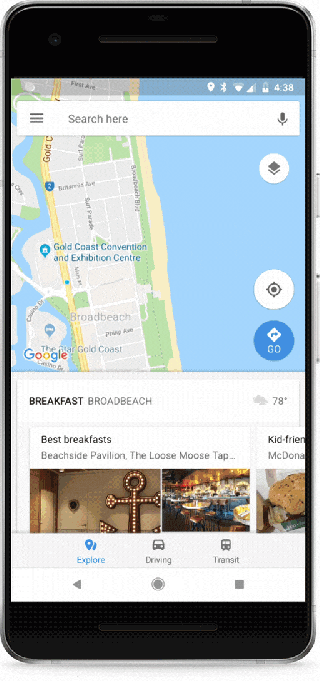



 Small packages of 10 or so phones were sent one at a time, and it only took “seconds” to get them over the border. That pretty much rules out flying the drone up and over the border repeatedly — leaving aside that landing a drone in pitch darkness on the other side of a border fence (or across a body of water) would be difficult to do once or twice, let alone dozens of times, the method is also inefficient and and risky.
Small packages of 10 or so phones were sent one at a time, and it only took “seconds” to get them over the border. That pretty much rules out flying the drone up and over the border repeatedly — leaving aside that landing a drone in pitch darkness on the other side of a border fence (or across a body of water) would be difficult to do once or twice, let alone dozens of times, the method is also inefficient and and risky. It’s not 100 percent to scale. The far side might have to be high enough that the cable doesn’t rest on the fence, if there is one, or not to drag in the water if that’s the case. Not sure about that part.
It’s not 100 percent to scale. The far side might have to be high enough that the cable doesn’t rest on the fence, if there is one, or not to drag in the water if that’s the case. Not sure about that part.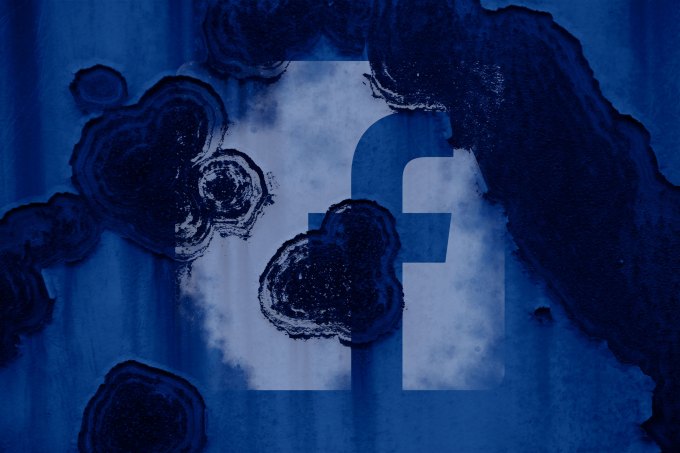
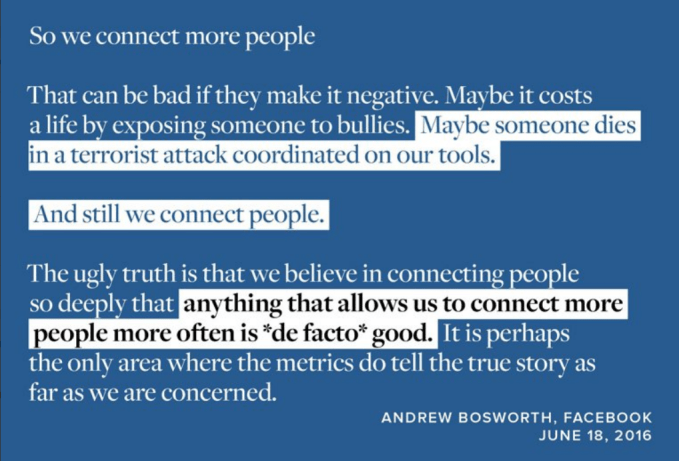
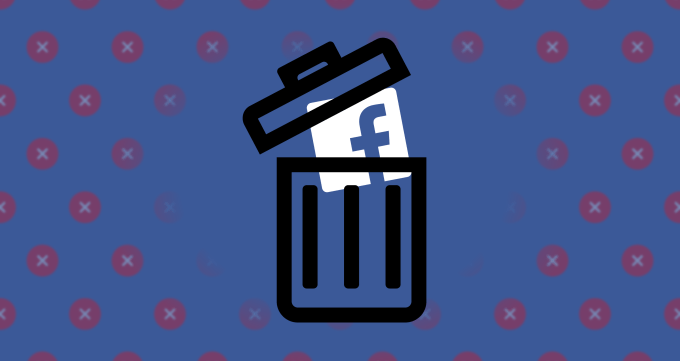
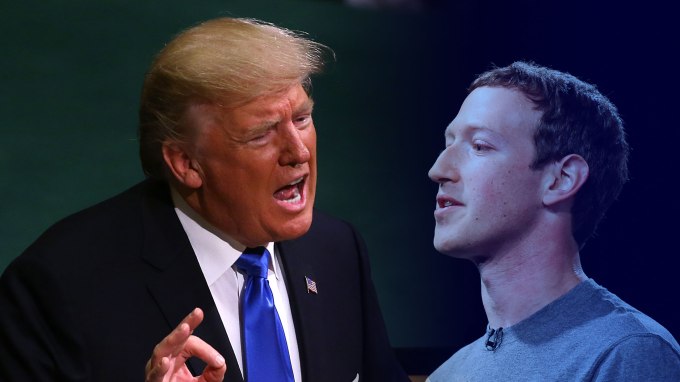
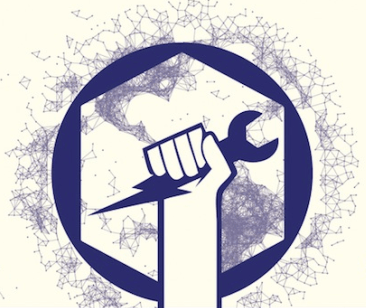 How to stop morale’s downward momentum will be one of Facebook’s greatest tests of leadership. This isn’t a bug to be squashed. It can’t just roll back a feature update. And an apology won’t suffice. It will have to expel or reeducate the leakers and disloyal without instilling a witchunt’s sense of dread. Compensation may have to jump upwards to keep talent aboard
How to stop morale’s downward momentum will be one of Facebook’s greatest tests of leadership. This isn’t a bug to be squashed. It can’t just roll back a feature update. And an apology won’t suffice. It will have to expel or reeducate the leakers and disloyal without instilling a witchunt’s sense of dread. Compensation may have to jump upwards to keep talent aboard 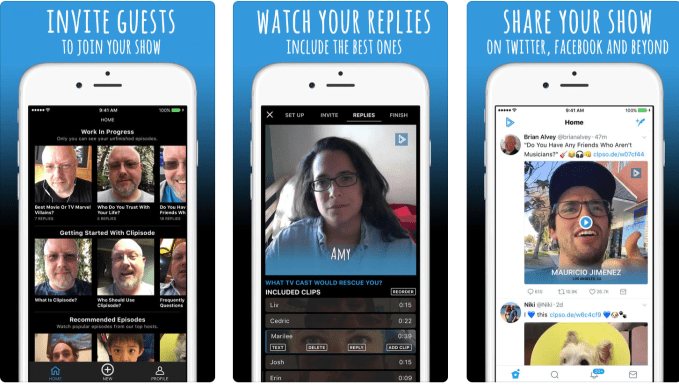


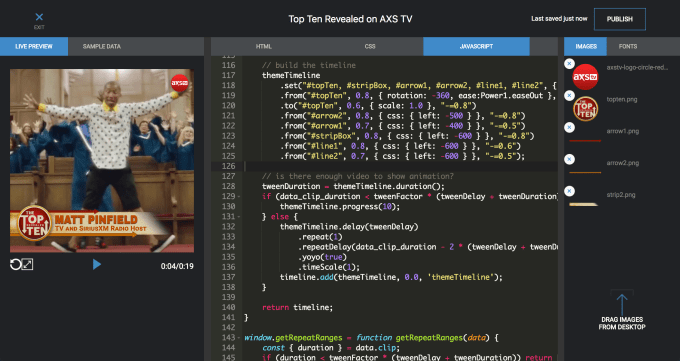
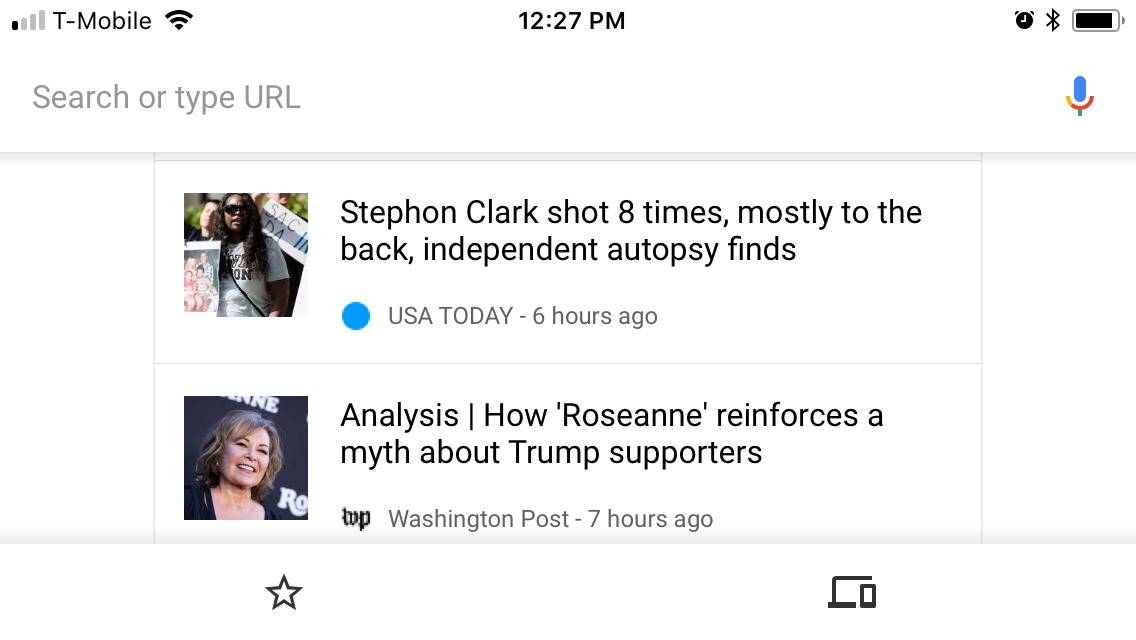 Like I said, when I visit a Google site, I expect that. But a browser is supposed to be a tool, not a private platform, and the idea that every tab I open is another data point and another opportunity for Google to foist its algorithms on me is rankling.
Like I said, when I visit a Google site, I expect that. But a browser is supposed to be a tool, not a private platform, and the idea that every tab I open is another data point and another opportunity for Google to foist its algorithms on me is rankling.